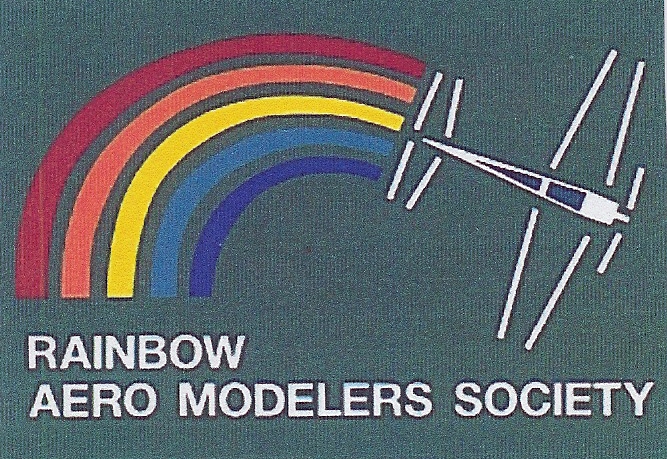Are they hard to fly?
At first, yes. But once you learn the basics, the enjoyment and possibilities are endless.
How much does it cost?
You can get started for a few hundred dollars or a lot more if you like.
How high/far can it go?
Farther than the eye can see. But flying that far will cause the pilot to lose orientation of the aircraft resulting in a crash.
How fast does it go?
The fastest planes, often turbine and electric ducted fan (EDF) jets, can easily fly over 150mph. Most planes fly much slower.
How long does it fly?
Electric planes usually fly about 5-8 minutes depending on battery capacity and how aggressively the throttle is used. Some fuel planes can fly for 15 minutes or longer.
What is a good way to learn to fly?
• Come to the field and meet us! We love to help new pilots.
• Start with a good computer RC flight simulator program and practice. Real Flight simulator is popular.
• It is highly recommended to work with an instructor using a linked transmitter. The linked transmitter (sometimes called a “buddy box”) allows the instructor to take control from the student to help avoid crashes. Consult with an instructor for compatible transmitter recommendations.
• Start with a trainer plane. Trainer planes are designed to be stable and easy to fly with self-leveling features. Consult with an instructor for trainer plane recommendations.
• Start with an electric plane rather than fuel. Electric planes are simpler and generally safer than fuel. See differences below.
What are some differences between electric and fuel planes?
| Electric Plane | Fuel Plane |
| motor (usually brushless outrunner) | engine (usually 2-stroke), muffler, glow plug, battery powered glow plug driver, engine starter, ground battery for engine starter |
| motor compatible propeller (sometimes called an “electric” propeller) | engine compatible propeller (do not use an “electric” propeller on an engine) |
| at least 1 main flight battery, Lithium Polymer (LiPo) batteries are used because they have high power for their size and weight compared to NiCad or NiMH, more than 1 battery avoids the need to charge at the field but at increased cost for the additional batteries | fuel tank, fuel tubing, oil for fuel/oil mixture, fuel pump (electric or manual) to move fuel between plane and fuel container, battery for electric fuel pump (usually same as ground battery), nitro fuel is usually used because it has higher power than gasoline but at increased cost for the fuel |
| electronic speed control (ESC) | throttle servo, throttle linkage |
| battery eliminator circuit (BEC) to power receiver/servos off main flight battery (usually comes built into the ESC but can be separate) | flight battery to power receiver/servos, must remember to keep flight battery charged |
| battery charger for main flight battery | battery charger for flight battery, ground battery, and glow plug driver battery |
| fire proof/resistant containers to safely hold main flight batteries for transportation and storage (if using a sealed storage container like an ammunition box, drill a 1/4″ hole in the box to allow pressure to safely release) | field box to hold engine starter, ground battery, fuel pump, fuel container, glow plug driver |
| no cleaning needed | cleaning supplies (e.g. window cleaner and paper towels) to remove oily exhaust residue from plane |
Fuel planes are susceptible to being started with the transmitter throttle stick accidentally at more than idle (a condition known as a “hot start”). Such a start could cause the plane to suddenly and unexpectedly move forward. In electric planes, the ESC arming sequence prevents hot starts.
Electric planes are susceptible to the motor starting unexpectedly by accidentally hitting the throttle stick on the transmitter. This can be mitigated by setting up and using a “throttle kill” switch on the transmitter so that two things must happen (turn off the kill switch and move the throttle stick) for the motor to start. The engine on a fuel plane will not start accidentally.
Fuel planes have two situations where your hands must be near the running engine: 1) after starting the engine to remove the glow plug driver and 2) to adjust to the engine needle valve or idle/run settings. In both situations, your hands are near the rotating propeller, which becomes almost invisible while rotating, making it easy to miss as a danger. With an electric plane, there is rarely, if ever, a need to have your hands near a rotating propeller.
Fuel planes are susceptible to running out of fuel while in the air, a condition known as “dead stick”. Because the engine cannot be restarted in the air, the pilot must attempt to land the plane with no power (i.e. by gliding). When an electric plane runs low on battery power in the air, the ESC will sense this and remove power from the motor, resulting in the same “dead stick” condition. But the pilot can usually reset the ESC in air and run the motor on low throttle, providing at least some thrust and a much better chance to land the plane safely.
